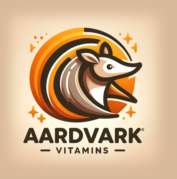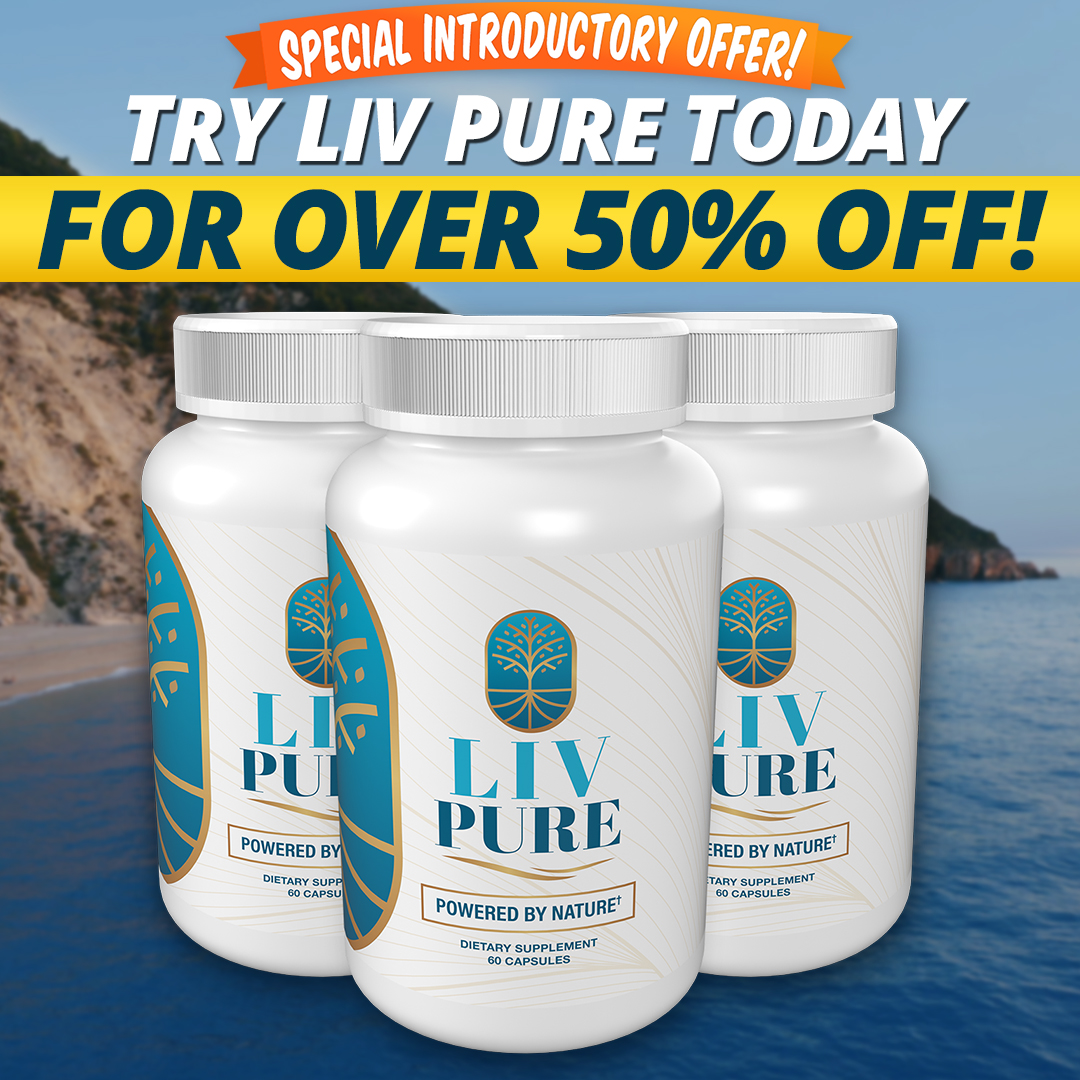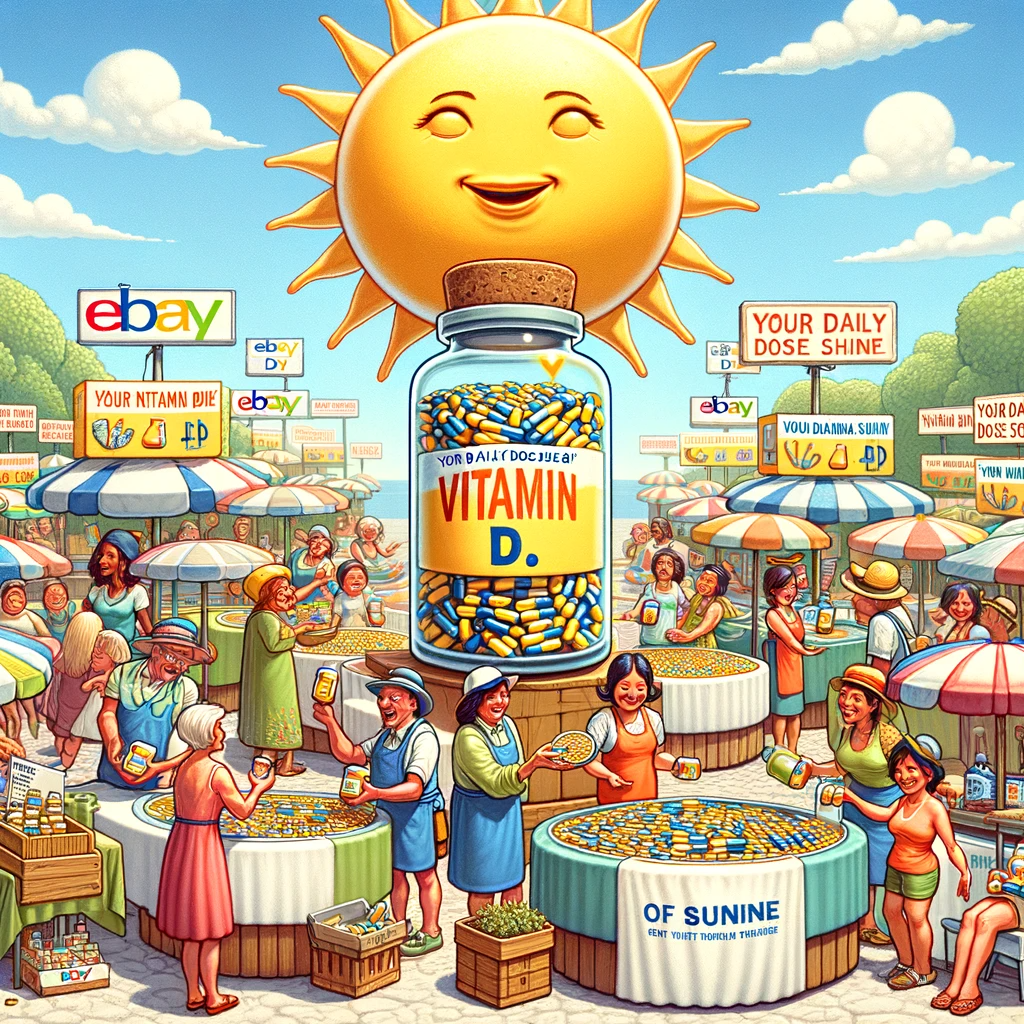Dietary-Restriction Friendly Recipes
Dietary-restriction friendly recipes cater to individuals who, for reasons related to health, ethics, or personal preference, adhere to dietary patterns that exclude specific ingredients or food groups. These recipes must be meticulously crafted to ensure that they not only adhere to specific dietary parameters but also provide balanced nutrition, compensating for any nutrients that might be limited due to the dietary restrictions in place. This might involve utilizing alternative ingredients, such as plant-based proteins or gluten-free grains, to create meals that are both compliant with dietary restrictions and nutritionally robust.
Navigating dietary restrictions, such as allergies, intolerances, or ethical dietary choices, can be complex and necessitate a thorough understanding of nutrition and culinary alternatives. In crafting dietary-restriction friendly recipes, considering not only the exclusion of specific ingredients but also ensuring that recipes provide a harmonious balance of macronutrients and micronutrients is pivotal. This ensures that despite exclus
ions, meals remain nourishing and supportive of overall health and well-being.
In a broader societal context, providing resources, knowledge, and options for dietary-restriction friendly meals can foster inclusivity and accessibility in nutritional wellness. Whether in the context of individual households, educational institutions, or commercial eateries, ensuring that dietary-restriction friendly options are available, understood, and respected is crucial in promoting dietary wellness across diverse populations.
Ensuring nutrient adequacy in dietary-restriction friendly recipes might involve paying particular attention to nutrients that could be limited due to the exclusion of specific foods. For instance, ensuring adequate Vitamin B12 in vegan recipes, through fortified foods or supplementation, is pivotal to prevent anemia and support neurological health. Likewise, in dairy-free recipes, ensuring calcium adequacy through alternative sources, such as fortified plant milks or leafy greens, is crucial for bone health.
Dietary-Restriction Friendly Recipes Read More »




